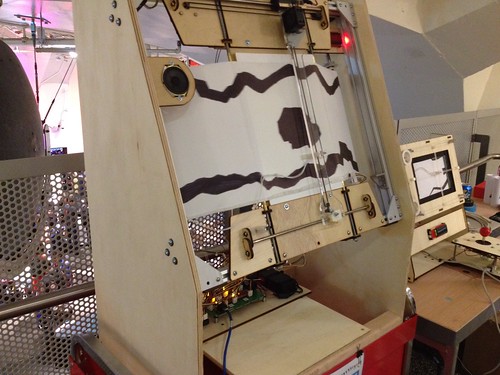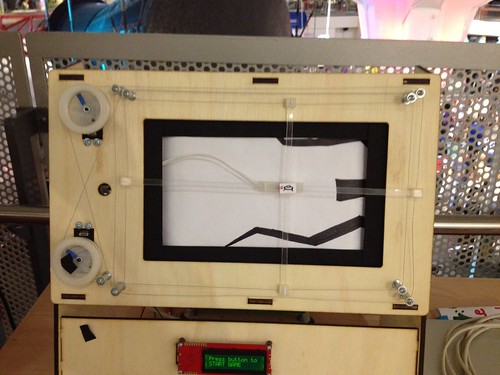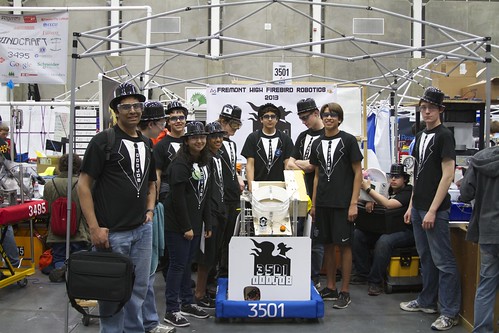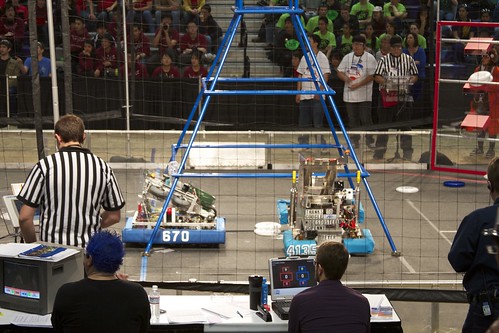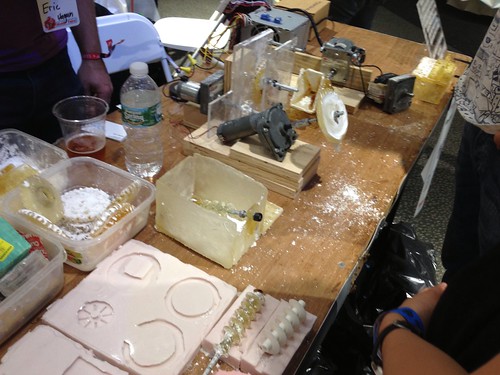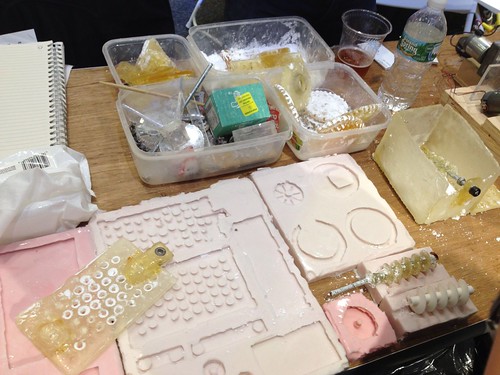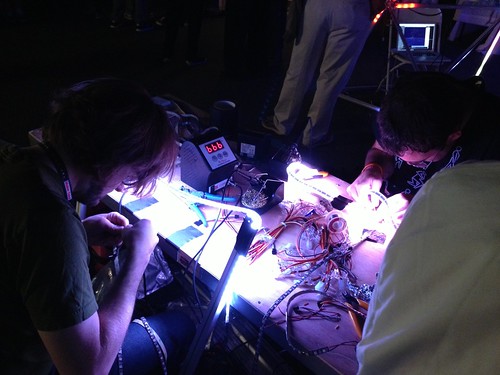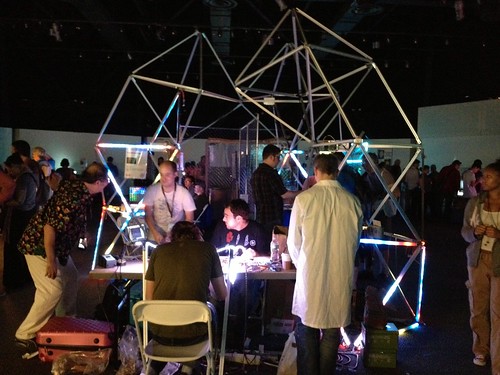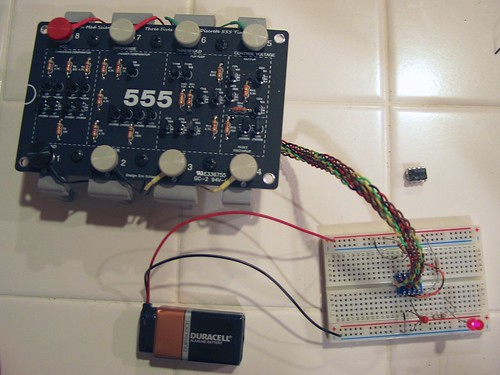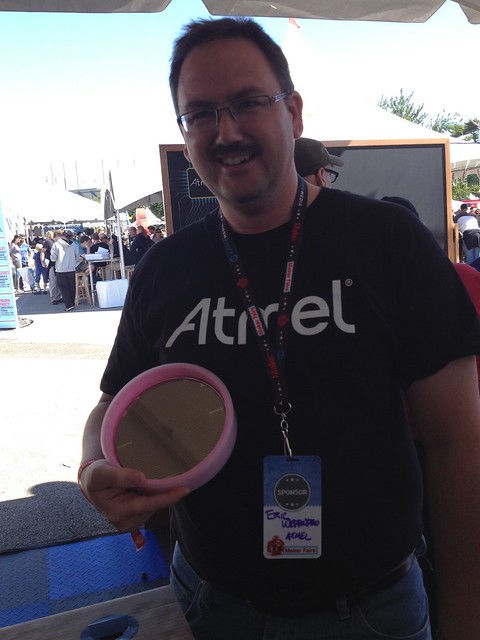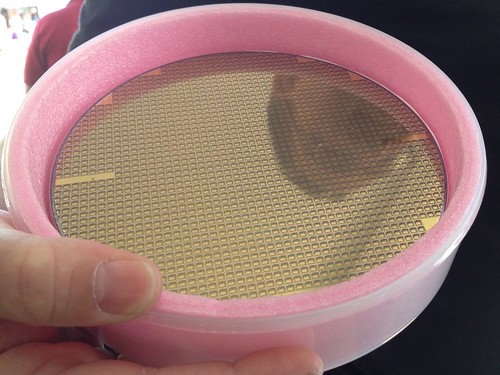
Just in time for Halloween, we’re launching a Snap-O-Lantern kit. You can still build this robotic snapping pumpkin from scratch using our original instructions, or you can do it the easy way with this kit, which uses one of our ATtiny2313 target boards and has all the parts you’ll need— except the mini-pumpkin and three AA batteries.

We’re putting the full documentation for the kit on our wiki.








